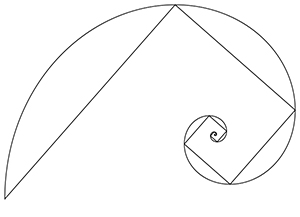-
Teaching Support
- - Technology-Enabled Learning
- - WOS Studio
- - MESH
- - Smart Assessment Design Toolkit
- - Placements Hub
- - Digital Learning
- - Academic Integrity
- - Academic Integrity Research
- - Academic integrity quick guide
- Professional Learning @ Western
- Learning Transformations
- The 21C Project
- Contact Us
- Engaged Teaching
Ratio, Proportions and Scale
$$\newcommand{\ctext}[1]{\style{font-family:Arial}{\text{#1}}}$$
Problems involving ratio, proportion and scale appear wherever two or more quantities are related by some fixed multiplicative or inversive principle. For example, a topographical map whose scale is $1$:$25000$ is such that every centimetre on the map corresponds to $250$ metres on the ground. Another way to say this is that each centimetre on the map is multiplied by $25000$ to give the corresponding on-ground distance ($1\;\ctext{cm}\times 25000 = 25000\;\ctext{cm} = 250\;\ctext{m}$). Parramatta City Council specifies an upper limit for the floor space ratio (FSR) of a property as follows:
$$FSR = \frac{\ctext{total floor area}}{\ctext{total site area}}.$$
The council applies regulatory limits to this ratio. It is claimed that many of the rectangles that appear in the design of the Parthenon in Athens are such that their long-side to short-side proportions are approximately $1.62$ (a number known as the Golden Ratio).

A "logarithmic" spiral whose line segment lengths are in the golden ratio.
Example Problem
Three cubic metres of concrete mix are to be prepared by combining cement, sand and aggregate in the ratio $1:2:4$ (water must be added according to a separate ratio). What are the proportions by volume of each of these components required to make up a total of three cubic metres?
Solution
Each cubic metre of concrete mix must contain $\frac{1}{1+2+4}=\frac{1}{7}\approx 0.143$ cubic metres of cement, $\frac{2}{1+2+4}=\frac{2}{7}\approx 0.286$ cubic metres of sand, and $\frac{4}{1+2+4}=\frac{4}{7}\approx 0.571$ cubic metres of aggregate. It follows that three cubic metres of mix must contain three times each of these quantities -- i.e. $\frac{3}{7}\approx 0.429$, $\frac{6}{7}\approx 0.858$ and $\frac{12}{7}\approx 1.713$ cubic metres of cement, sand and aggregate respectively.
See this page from the BBC's Skillwise site for more information.
Mobile options:

